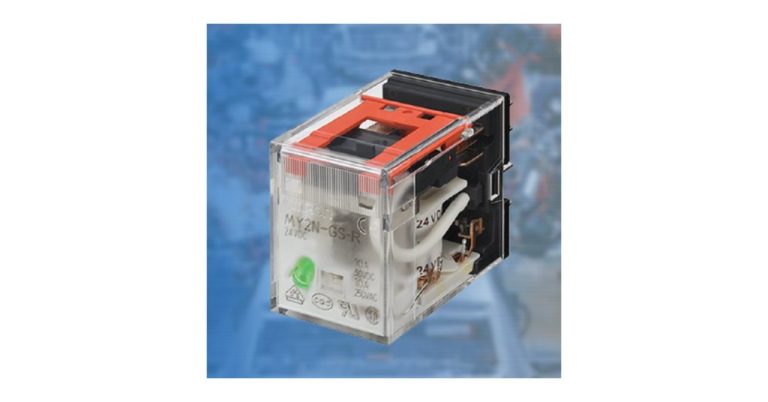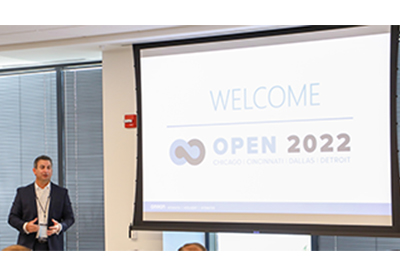How Online Functional Test Speeds Up Safety System Validation and Verification

March 9, 2021
According to ISO 13849-2, the main goal of verification and valiation is to confirm that the design of a control system’s safety-related parts (SRP/CS) meets the specific safety requirements for a machine. Let’s take a look at how this process works.
Step 1: Design a validation plan.
The first step is to design a validation plan that will combine analysis and functional testing under any foreseeable conditions with respect to the final system. The balance between the analysis and testing depends on the technology used and the required performance level.
The validation plan should start as early as possible – in parallel with the design process – so that you can address problems while it’s still possible to minimize the impact on time and budget. For example, this plan might cover circuit design and implementation, how to check wiring after installation and before commissioning, or the correct functioning of safety devices.
Step 2: Perform functional testing.
At the end of any project, and before signing a final buy-off, you need to perform functional testing of the safety solution. This could take several days, since you should test all safety devices and record the results. Depending on project size, this could require the involvement of a wide range of people, including direct support from the system designer leading the task.
Whether you’re a machine builder designing a piece of new equipment or a system integrator implementing a project commissioning, there’s no reason to forego a complete verification and validation of the safety system to ensure that it meets the functional safety requirements identified during the risk assessment.
How Online Functional Test can help
Advancements in safety programming software have given rise to the Online Functional Test from Omron. This is an automated program verification tool built into Sysmac Studio that’s available with the NX Series safety controllers. Essentially, it lets you build a “truth table” function that confirms whether the design intent of the safety program has been met.
This simplified program testing provides a critical step in demonstrating due diligence and complements the validation process. It reduces the amount of time that workers must spend on testing, offers step-by-step instructions on running the test, and provides final reports with the results and safety signature, along with other information required by the safety standards.
Safety managers and their teams can also take advantage of the Online Functional Test and its final report to track the system’s safety signature as an additional measure to ensure that no changes were made to the safety system and easily validate the last time that the safety devices have been properly tested.
















